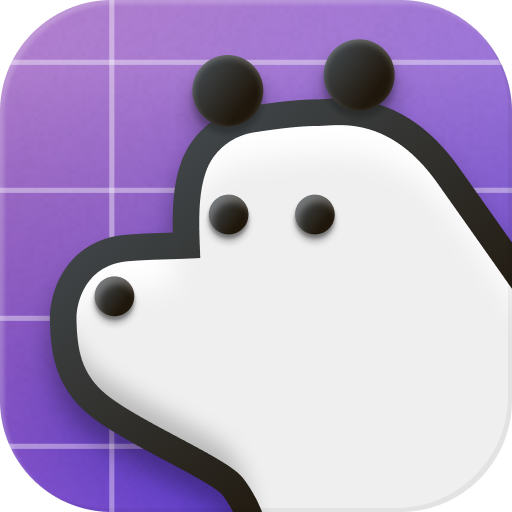5 Essential Strategies for Managing Distributed Teams

In today's work landscape, remote work isn't just a trend—it's a mainstay. Distributed teams offer unparalleled scalability and global reach, but they're not without challenges. Navigating different time zones, fostering asynchronous communication, and keeping the team aligned and motivated are key hurdles.
We've compiled 5 actionable tips to help you master the art of managing distributed teams, along with the best tools for it.
Understanding Distributed Teams
If you're new to the concept, a distributed team is essentially a group working remotely from various locations—be it nationally or globally. This setup allows team members to thrive in their preferred environments, boosting productivity without location constraints. In fact, a 2022 Owl Labs and Global Workplace Analytics study revealed that 62% of employees feel more productive remotely. However, integrating into the company culture remotely can be challenging, as 41% of workers report.
To combat these issues, many teams are turning to visual collaboration and communication tools. For this reason, in this article, we want to share 5 valuable tips to help you effectively manage distributed teams and the tools that can support you in this endeavor.
5 Best Practices for Distributed Teams
1️⃣ Prioritize Clear Communication
Communication is key for any team, especially for distributed ones. Provide clear details about tasks, activities, processes, and responsibilities. The goal here is to avoid any confusion and misunderstandings while supporting every team member in achieving their personal and company goals.
Regularly review and check in on goals during meetings, and use them as performance metrics for reviews and feedback. When everyone is aligned with these goals, they have a clear vision of what they are working towards. Including your team in collaboration tools, where tasks and the process of those tasks are stated, adds visibility and understanding of how their contributions impact the project.
2️⃣ Define Roles and Responsibilities
Ambiguity in roles can lead to confusion and wasted time regarding who is in charge of certain tasks or whom to refer to for a specific topic. This issue is even more pronounced in distributed teams, where members often get confused about their exact duties while working on multiple projects.
To avoid and prevent this, it's important to define specific responsibilities through an organizational chart. This will help each member understand the structure and identify the contribution of each role.

3️⃣ Regular Check-in Meetings
Communication tools like Slack are extremely helpful, but large message threads and back-and-forth emails can hinder productivity by affecting employees' concentration and focus on their duties. To cope with this issue, you can set up regular check-in meetings to go over specific points and resolve any questions. Just a 30-minute meeting once or twice a week, depending on the size of your team, can boost productivity and reduce the hours spent reading and responding to messages.
These meetings can address many points, from routine check-ins to finalizing action plans for projects. They keep your team engaged and prevent disconnection among members who, even if not directly involved in certain projects, can benefit from understanding them. This awareness can reduce the time and increase efficiency when it's time to take action.

4️⃣ Feedback and Recognition
Additionally, saving some time to recognize and celebrate achievements with your team is a practice you should incorporate. Including feedback in these moments is crucial for distributed teams. Ensure that during and after the completion of any project, team leaders provide feedback, either in check-in meetings or in a separate session, to review what went well and where improvements could be made.
All of this is directly tied to the motivation and engagement of your team. If such topics are not freely discussed, it can lead to decreased productivity and engagement, and even to members leaving the organization if they don't feel heard.
For managers and team leaders, these feedback sessions are essential to understand the feelings and potential areas of improvement for team members.
5️⃣ Choose the Right Tools
As a distributed team, having the right toolstack is essential, as the whole team will heavily rely on it for achieving success and scaling to meet present and future goals. Teams often need to try out many tools to see which one best fits their processes. However, sometimes it's not really about the tool itself but about how and for what purpose it is used. Here's an essential list of tools we recommend for different areas:
- Collaboration: ALLO
- Project Management: Asana, Linear, or similar.
- Communication: Slack and Zoom.
- Operations: Stripe for payments, Attio or Hubspot for customer relations, and an analytics tool such as Amplitude.
In the case of ALLO, for example, it can be used for many purposes, such as ideation, planning, strategy, or even during your check-in meetings to share notes and different action items. This brings everything into one simple, organized, and visual place to be shared across your team and organization.

Conclusion
By following these practices and equipping your team with the right tools, you will notice a significant improvement in productivity and engagement, with your team becoming more aligned than ever. If you have any questions or would like to discuss further with experts on the subject, feel free to schedule some time here with our team to explore what would work best for your team.
Related:






